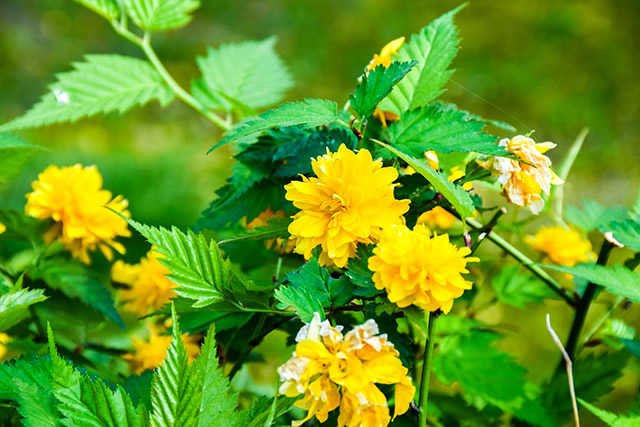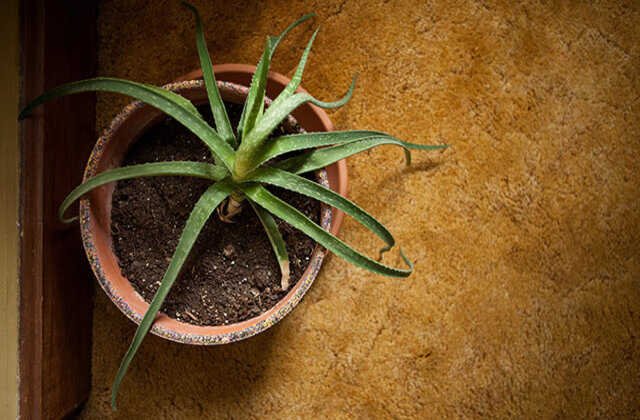The breeding method of Venus to catch the flies of flytrap
The breeding method of Venus Catcher
1. Light: Flying Totics is full of light, and it takes at least 4 hours of direct light every day.The light time is insufficient, and the inner clip grows small, which may lead to the death of plants.If you lack the sun in winter, you can use a fill light.
2. Moisture: Try to use soft water such as pure water and rain. Watering with potting is more appropriate.
3. Humidity: The humidity of the breeding environment is large.You can use a large water plate to make waist water, or you can add layer of water moss to its surface soil.
4. Soil: Flying Tadao like acidic environment, the substrate is best to keep the acidity of PH3.5-5.Puts without adding Fertilizers and perlite (2: 1) or pure water moss are good matrix choices. The substrate is best to replace once every spring.

5. Temperature: The growth temperature is 15 35 , the most suitable temperature: 21 35 . If you want it to sleep, you can control the temperature to about 5 C (0-8 C).
6. Feeding: During the day, photosynthesis provides nutrients for the growth of flytrap. The insects you eat can also provide nutrients like fertilization. You can feed insects when breeding, but not too much, too frequent.It should be noted that chicken and beef are difficult to digest for them.
7. Fertilization: Put the Fertilizer directly into the matrix meetingAs a result, the death of the plant is extremely impossible to salt because the root system of insects.Fertilization should be sprayed with low concentration liquid Fertilizer on the leaves.
Venus's breeding method
1. Leaf insertion method: Flying Tottery grows strong in the late spring to early summer. Dig out the flytrap from the soil, connect the pest of the flytrap, and strip the petiole in the white petiole.Put the petiole on the cultivation medium, maintain high humidity and give sufficient light, and new buds will emerge after a few weeks.
2. Sub -method method: When the flooding tract grows out of the side buds, as long as it is large enough and has a complete root, it can be planted separately separately.
3. Flower bud method: Sometimes because of temperature difference, the flower catcher's flower buds will become a plant, and the temperature difference between day and night will induce the flower catturing flower buds into new plants.Get a new flytrap.


